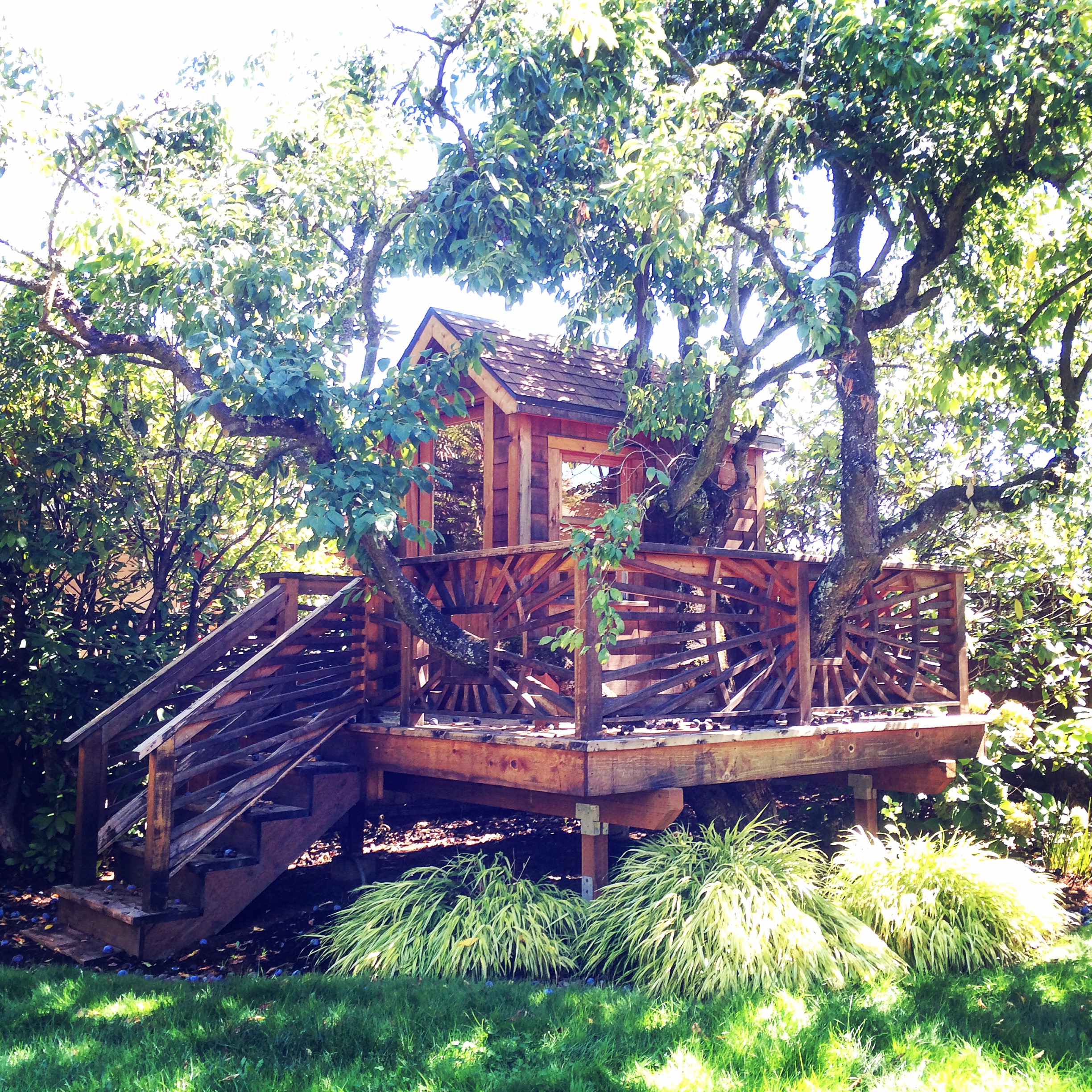Eager to get gardening? These vegetable varieties can be planted early in the season.
You don't need to wait until the warmest days of spring to begin planting vegetables in your garden—there are a handful of cold-hardy varieties that can be planted early in the season. The best vegetables to sow at the beginning of spring are ones that can tolerate an unexpected frost, or that can be planted when the ground is still relatively hard. Additionally, vegetables that don't like the heat should be planted earlier rather than later. To help you plan your spring garden, we're sharing which vegetables you should get in the ground first.
Meet the Expert
Ben Gordon, landscape designer and the owner of Metropolitan Garden and Design
Sally McCabe, associate director of community education for the Pennsylvania Horticultural Society
Carrie Spoonemore, co-creator of Park Seed's From Seed to Spoon app
Lettuce
Lettuce (Lactuca sativa) is one of the first vegetables that can be planted in the garden come spring. "Once the lettuce begins to mature, you can start harvesting the outer leaves so the leaves inside will continue to grow," says Ben Gordon, a landscape designer and the owner of Metropolitan Garden and Design. "This should lead to a harvest date of around April to May."
Growing zone: 3 to 9
Days to maturity: 60 to 70 days
Mature size: 8 to 12 inches tall x 6 to 8 inches wide
Care requirements: Full sun; moist, well-draining soil
Beets
Seven weeks after planting, beets (Beta vulgaris var. crassa) can be harvested and used in a myriad of warm-weather recipes. When the beets reach about 2 inches in diameter and begin to slightly protrude from the soil, it's time to pull them. Letting your beets grow any larger will lessen their flavor and texture, says Gordon.
Growing zone: 2 to 10
Days to maturity: 50 to 60 days
Mature size: 6 to 12 inches tall x 2 to 3 inches wide
Care requirements: Full sun; moist, well-draining soil
Radishes
Radishes (Raphanus sativus) are an instant gratification crop, since they germinate in a matter of days and can be eaten at any size, says Sally McCabe, associate director of community education for Pennsylvania Horticultural Society. "They come in many sizes, shapes and colors, from tiny globes to huge arm-sized behemoths."
Growing zone: 2 to 9
Days to maturity: 25 to 30 days
Mature size: 3 to 6 inches tall x 1 to 2 inches wide
Care requirements: Full sun; moist, well-draining soil
Spinach
Spinach (Spinacia oleracea) is so cold tolerant that you can sprinkle the seeds on frozen ground, and they will germinate as soon as the ground thaws, says Carrie Spoonemore, co-creator of Park Seed's From Seed to Spoon app. Hot, dry weather can make the vegetable taste bitter, so planting in early spring is ideal.
Growing zone: 3 to 9
Days to maturity: 25 to 30 days
Mature size: 6 to 12 inches tall x 6 to 12 inches wide
Care requirements: Full sun; moist, well-draining soil
Peas
Peas (Pisum sativum) are one of the best cool-weather crops. "The seeds will germinate in soil temperatures as low as 40 degrees [Farhemnheit] and can tolerate even being snowed on," says Spoonemore. "There are many pea varieties—from sugar snap peas to peas you shell and eat and snow peas." Depending on the variety you choose, you may need a trellis for them to grow on, as some varieties get quite tall.
Growing zone: 3 to 11
Days to maturity: 60 to 70 days
Mature size: 1 to 3 feet tall x 12 to 8 inches wide
Care requirements: Full sun; moist, well-draining soil
Carrots
Carrots (Daucus carota) stay sweetest when soil is cool and moist, making them a great option for your early spring vegetable garden. "Hot, dry weather is stressful, slowing growth and making them bitter," says Sally McCabe. Give carrots room when sowing the seeds so they can grow big and healthy.
Growing zone: 3 to 9
Days to maturity: 60 to 80 days
Mature size: 6 to 12 inches tall x 1 to 3 inches wide
Care requirements: Full sun; moist, well-draining soil
Cabbage
Cabbage (Brassica oleracea var. capitata) is a cool-season crop that can tolerate cooler temperatures and even light frost, says Spoonemore. Planting the vegetable in early spring allows it to mature before the summer heat, which can cause cabbage to bolt or become bitter in taste.
Growing zone: 3 to 9
Days to maturity: 70 to 120 days
Mature size: 1 to 3 feet tall x 1 to 3 feet wide
Care requirements: Full sun; moist, well-draining soil
Broccoli
Broccoli (Brassica oleracea var. italica) doesn’t grow well in summer heat, so it should be planted in early spring or just before. "Direct sow the seeds or start indoors and transplant outside about two weeks before your last frost date," says Spoonemore.
Growing zone: 3 to 9
Days to maturity: 70 to 120 days
Mature size: 1 to 3 feet tall x 1 to 3 feet wide
Care requirements: Full sun; moist, well-draining soil
Kale
Kale (Brassica oleracea var. sabellica) is a hardy green that can be planted early in the spring. "It's rich in nutrients and can withstand cooler temperatures," says Spoonemore. "When choosing a kale, remember that green ones tend to be sweeter, while red varieties are somewhat more appealing to the eye."
Growing zone: 3 to 10
Days to maturity: 50 to 60 days
Mature size: 12 to 24 inches tall x 10 to 18 inches wide
Care requirements: Full sun; moist, well-draining soil
Potatoes
Potatoes (Solanum tuberosum) can survive a light frost, so they can be planted as soon as the ground is workable. "Once the stems are about 8 inches long, cover them, or your potatoes will taste bitter and have a bit of green to them," says Spoonemore.
Growing zone: 3 to 10
Days to maturity: 100 to 120 days
Mature size: 18 to 30 inches tall x 18 to 24 inches wide
Care requirements: Full sun; moist, well-draining soil
Turnips
Turnips (Brassica rapa) are a colorful crop that look beautiful in the garden. "Turnips grow quickly and stay sweetest when soil is cool and moist but will tolerate heat into the summer," says McCabe. "Plant your first turnip crop two to four weeks before the last frost." For a continuous supply, sow seeds at two-week intervals throughout spring and up until eight weeks before regular heavy frosts are expected.
Growing zone: 2 to 11
Days to maturity: 40 to 50 days
Mature size: 6 to 12 inches tall x 6 to 12 inches wide
Care requirements: Full sun to part shade; moist, well-draining soil
For the original article By Madeline Buiano and Katelyn Chef visit MarthaStewart.com














